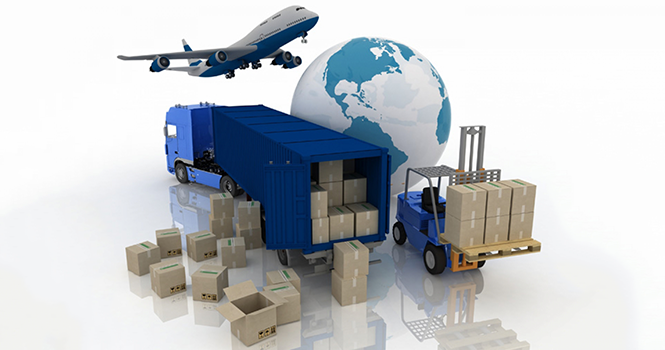Consumers are used to seeing products from every corner of the world in their local grocery stores and retail shops. These overseas products—or imports—provide more choices to consumers. And because they are usually manufactured more cheaply than any domestically-produced equivalent, imports help consumers manage their strained household budgets.
Maintaining the appropriate balance of imports and exports is crucial for a country. The importing and exporting activity of a country can influence a country's GDP, its exchange rate, and its level of inflation and interest rates.
In this report, we will review in details the impact of importing and exporting on the economy.
Impact on GDP

- GDP is an important measure for any country’s economic activity, which is impacted by imports and exports.
- When exports exceed imports, the net exports figure is positive. This indicates that a country has a trade surplus. When exports are less than imports, the net exports figure is negative. This indicates that the nation has a trade deficit.
- A trade surplus contributes to economic growth in a country. When there are more exports, it means that there is a high level of output from a country's factories and industrial facilities, as well as a greater number of people that are being employed in order to keep these factories in operation.
- When a company is exporting a high level of goods, this also equates to a flow of funds into the country, which stimulates consumer spending and contributes to economic growth.
Impact on Exchange Rates

- The relationship between a nation’s imports and exports and its exchange rate is complicated because there is a constant feedback loop between international trade and the way a country's currency is valued.
- In general, however, a weaker domestic currency stimulates exports and makes imports more expensive. Conversely, a strong domestic currency hampers exports and makes imports cheaper.
- If an electronic component is priced at $10 in the U.S. that will be exported to India. Assume the exchange rate is 50 rupees to the U.S. dollar. Neglecting shipping and other transaction costs such as importing duties for now, the $10 electronic component would cost the Indian importer 500 rupees.
Impact on Inflation and Interest Rates

- Inflation and interest rates affect imports and exports primarily through their influence on the exchange rate. Higher inflation typically leads to higher interest rates.
- Traditional currency theory holds that a currency with a higher inflation rate (and consequently a higher interest rate) will depreciate against a currency with lower inflation and a lower interest rate. According to the theory of uncovered interest rate parity, the difference in interest rates between two countries equals the expected change in their exchange rate. So if the interest rate differential between two different countries is two percent, then the currency of the higher-interest-rate nation would be expected to depreciate two percent against the currency of the lower-interest-rate nation.
- Higher inflation can also impact exports by having a direct impact on input costs such as materials and labor. These higher costs can have a substantial impact on the competitiveness of exports in the international trade environment.
Source: Investopedia
Be the first to comment


Comments Analysis: